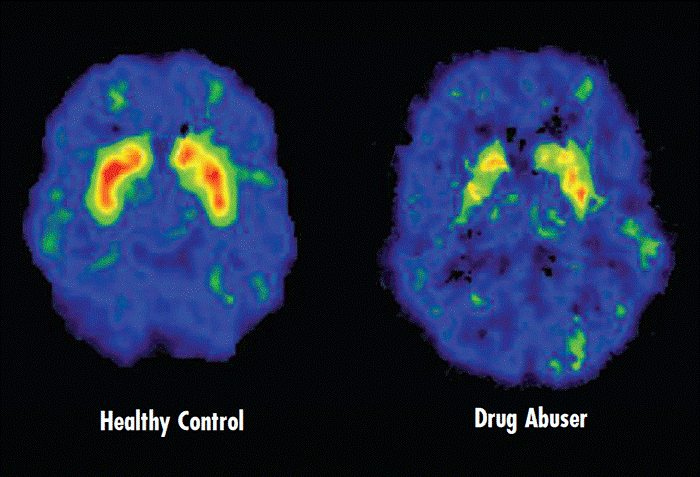-
A chronic, relapsing, brain disease known by it's compulsive drug seeking and use, despite the harmful consequences to the user.
-
Considered a brain disease because drugs change the brain – they change it's structure and how it works.

What is... ADDICTION?
ADDICTION & YOUR BRAIN
Drugs effect 3 primary areas of our brain -
-
The brain stem
-
In charge of all the functions we need it to stay alive—breathing, moving blood, and digesting food. It also links the brain with the spinal cord, which runs down the back and moves muscles and limbs as well. It lets the brain know what’s happening to the body.
-
-
The limbic system
-
It links together a bunch of brain structures that control our emotional responses, such as feeling pleasure when we eat chocolate. These good feelings motivate us to repeat the behavior, good or bad.
-
-
The cerebral cortex
-
A mushroom-shaped outer part of the brain (the gray matter). In us humans, it is so big that it makes up about three-fourths of our entire brain. It’s divided into four areas, which are called lobes, that control specific functions. Some areas process information from our senses; allowing us to see, feel, hear, and taste. The front part of the cortex, is known as the frontal cortex or our forebrain, it's our thinking center. It powers our ability to think, plan, solve problems, and make decisions (good or bad).
-
- National Institute for Drug Abuse for Teens
While it's pretty common hear daily that we're addicted to TV, coffee, social media, our phones, that isn't what we're talking about here on this site. We mean addiction to controlled, prescription only substances like Oxycotin. How it affects you, or your family, or even friends lives.

(Harryarts - Freepik.com)
